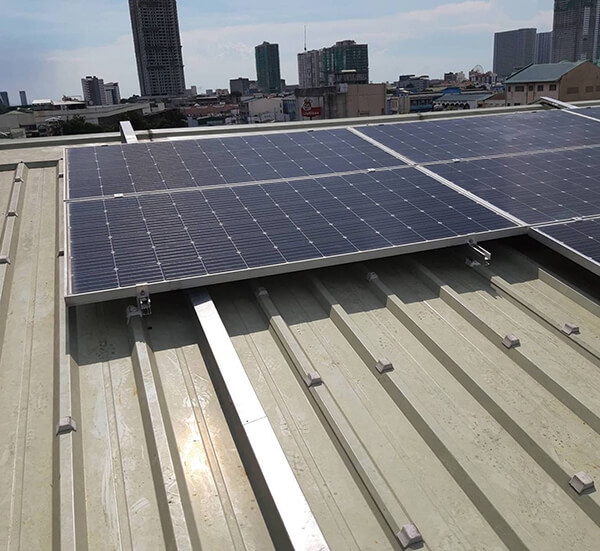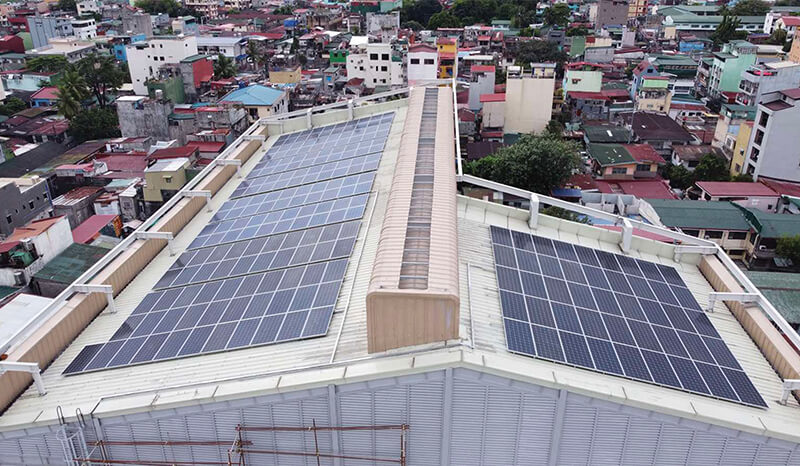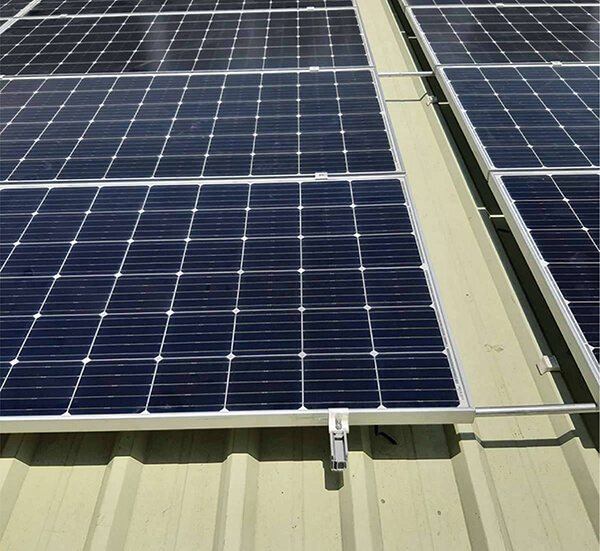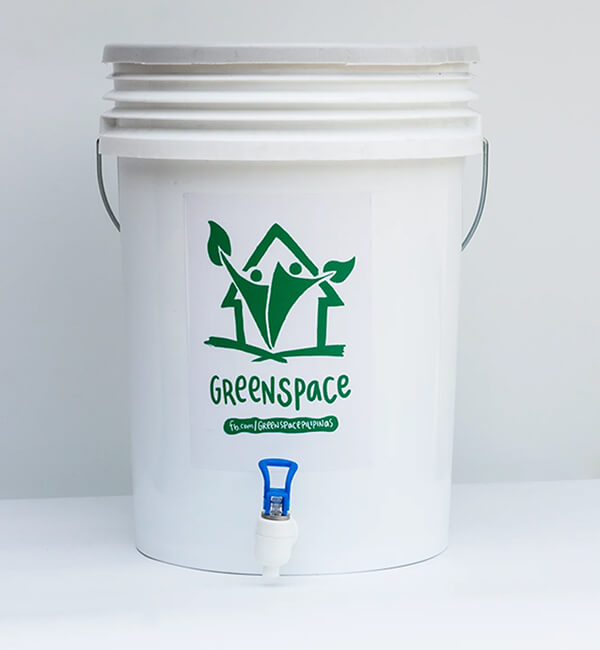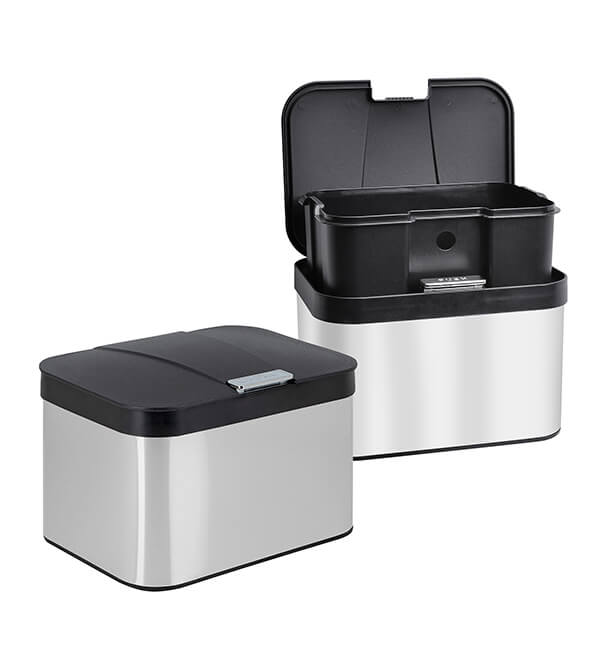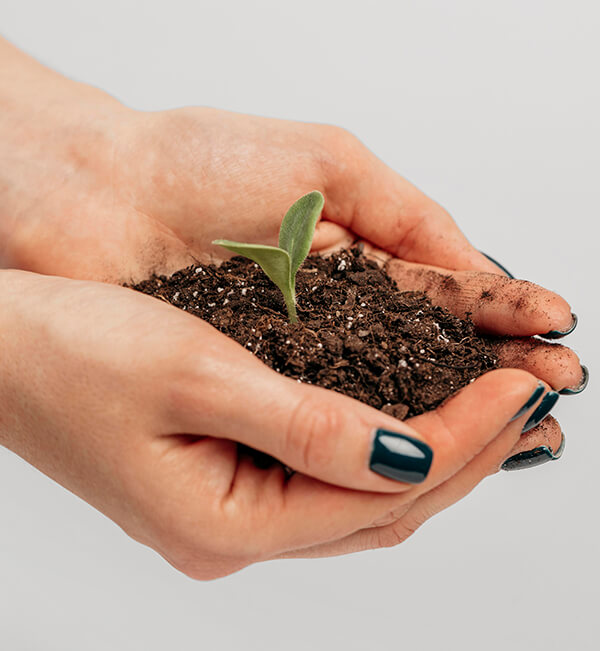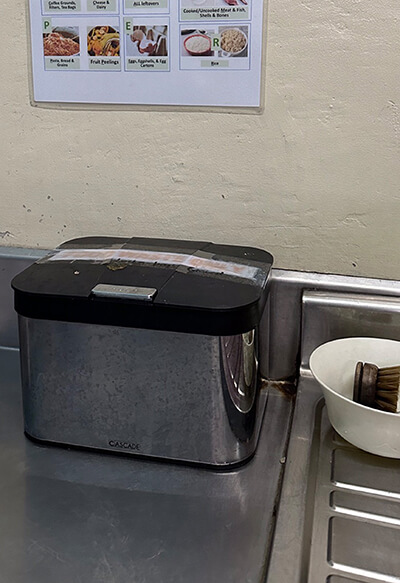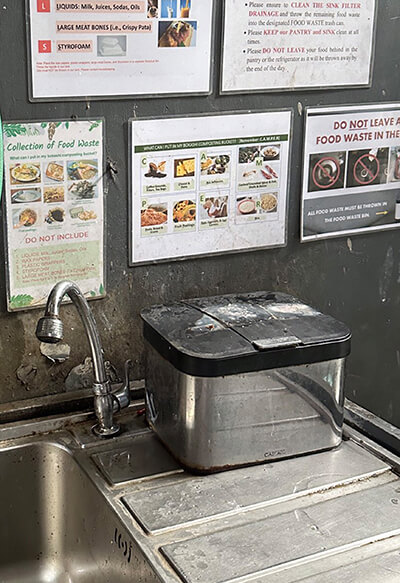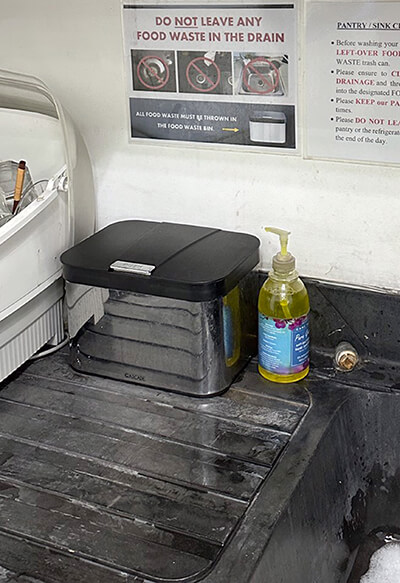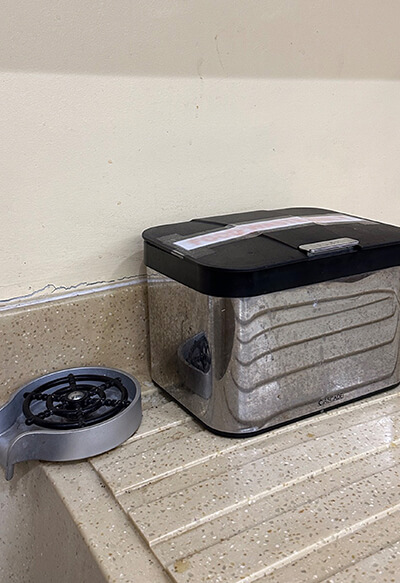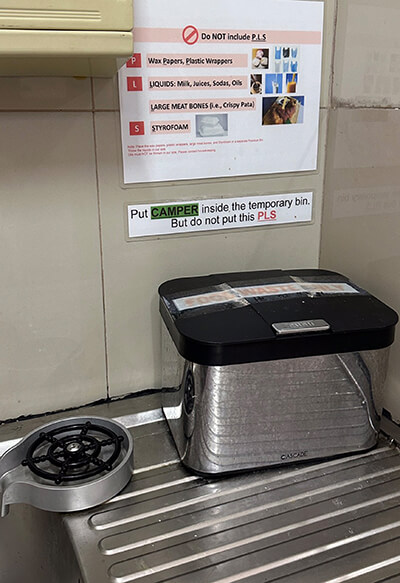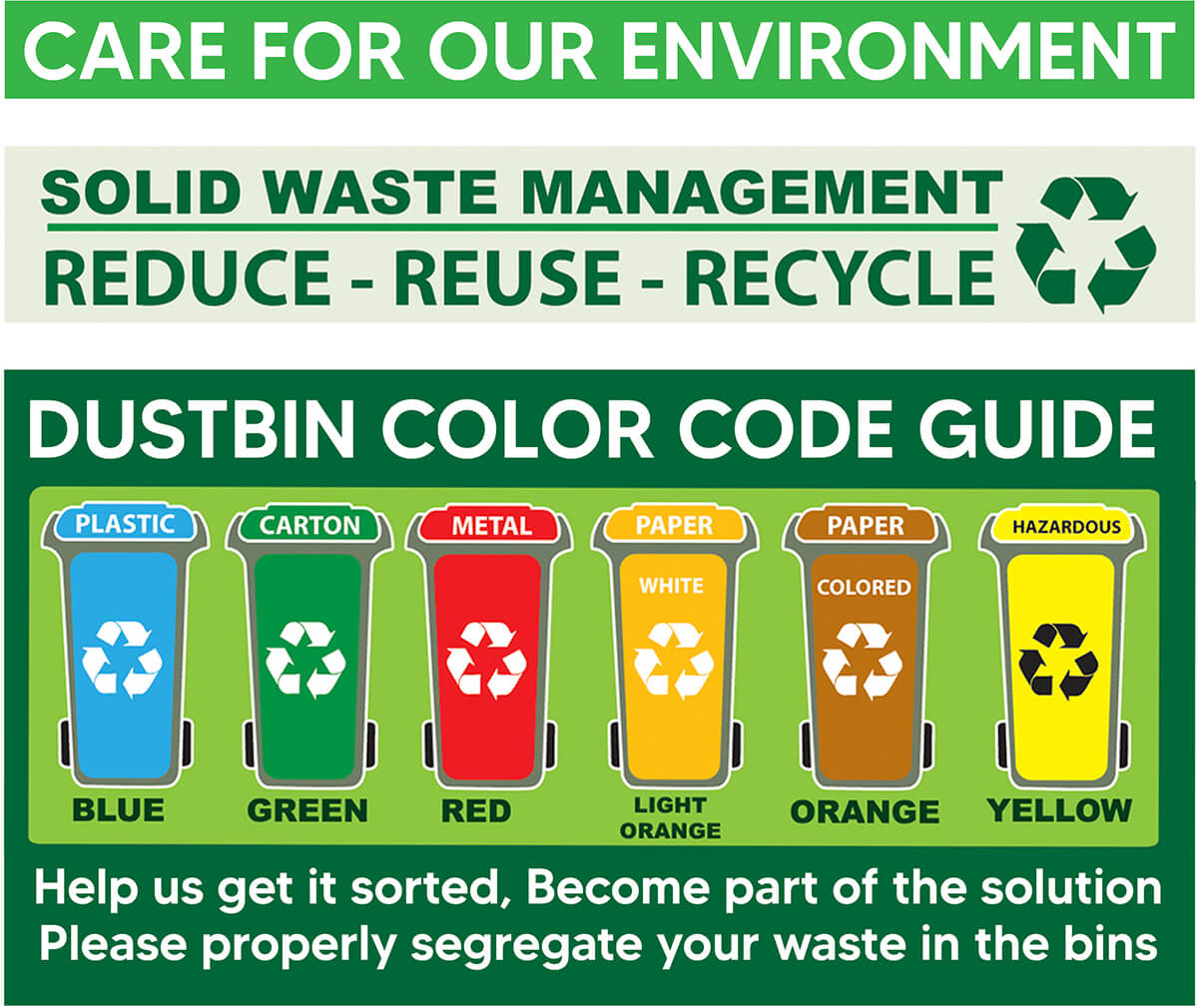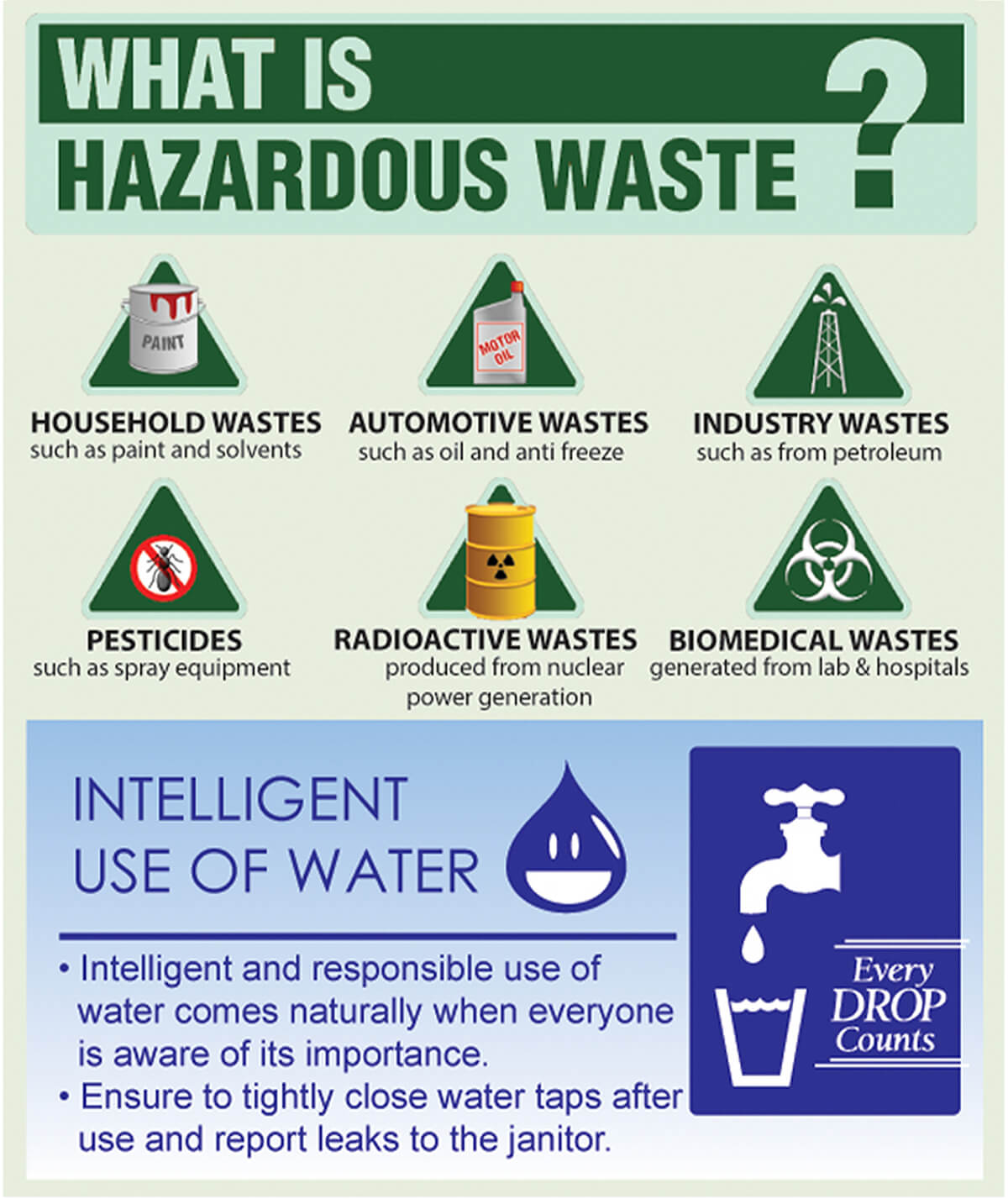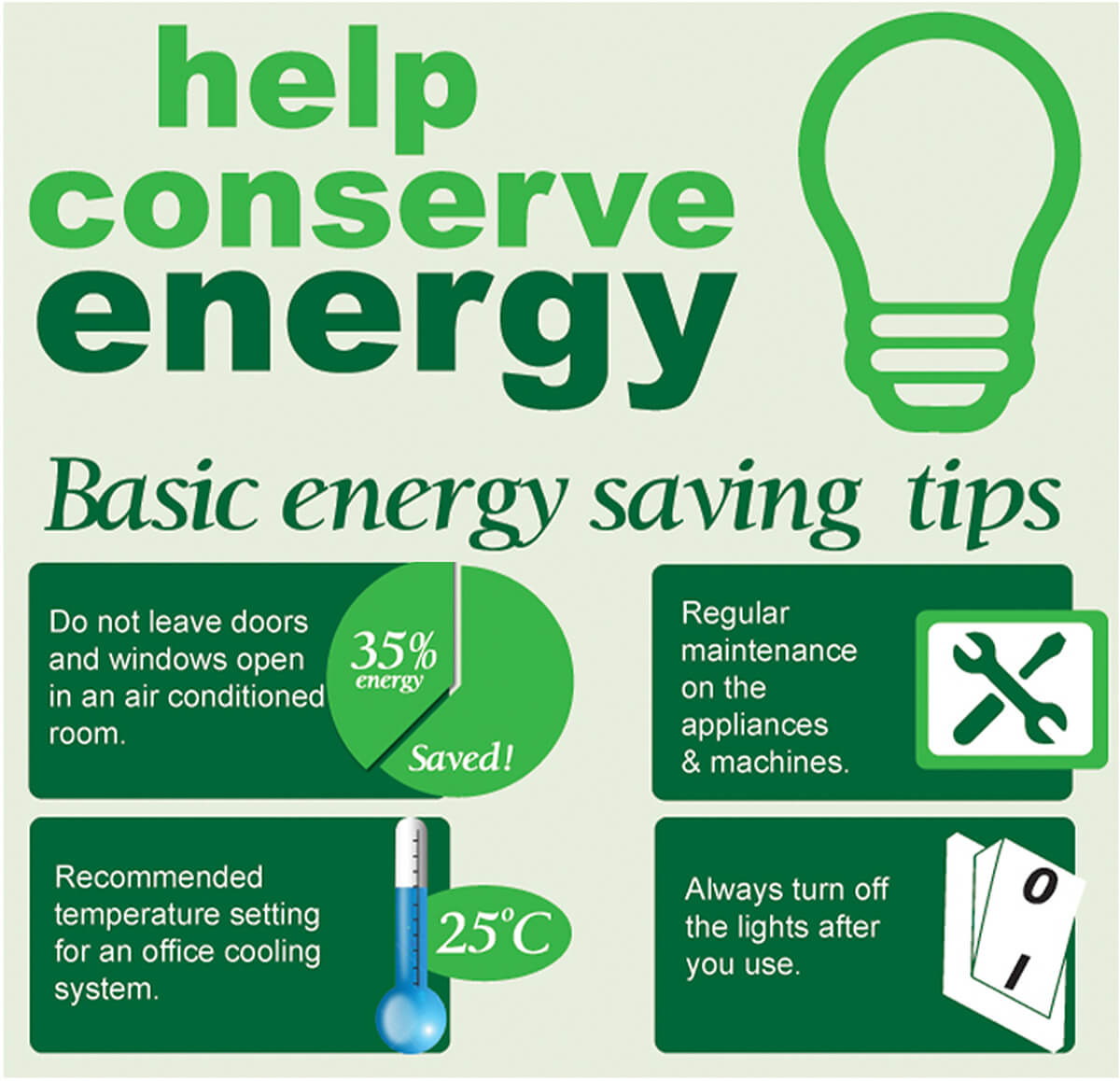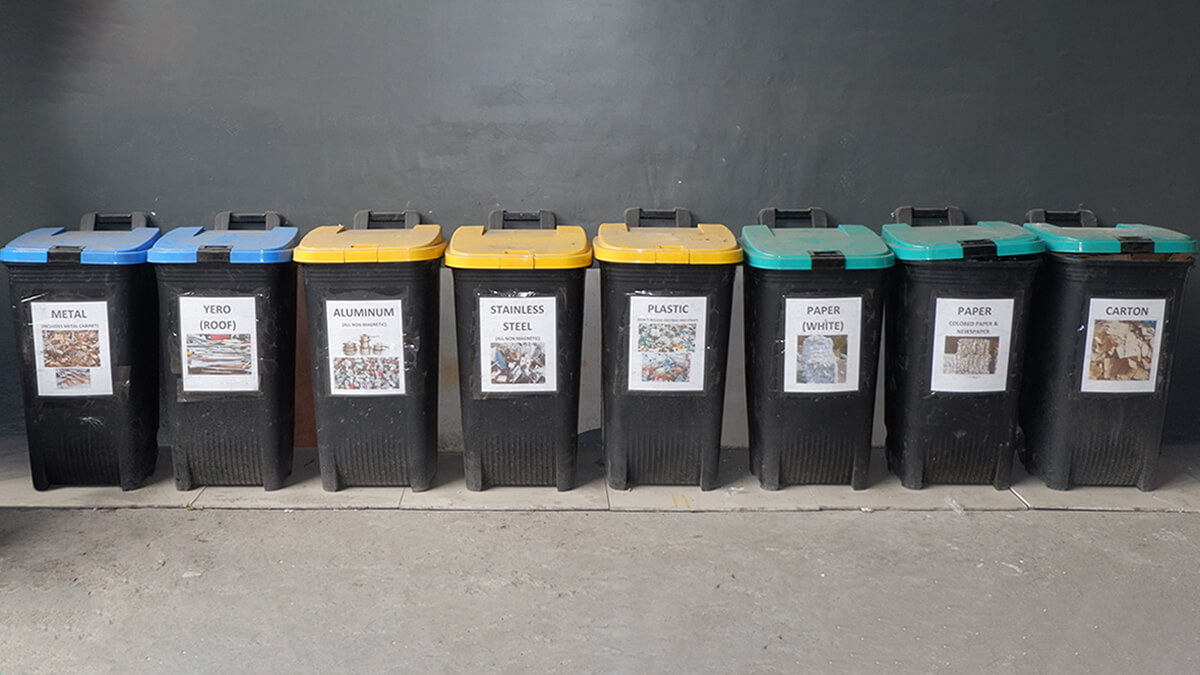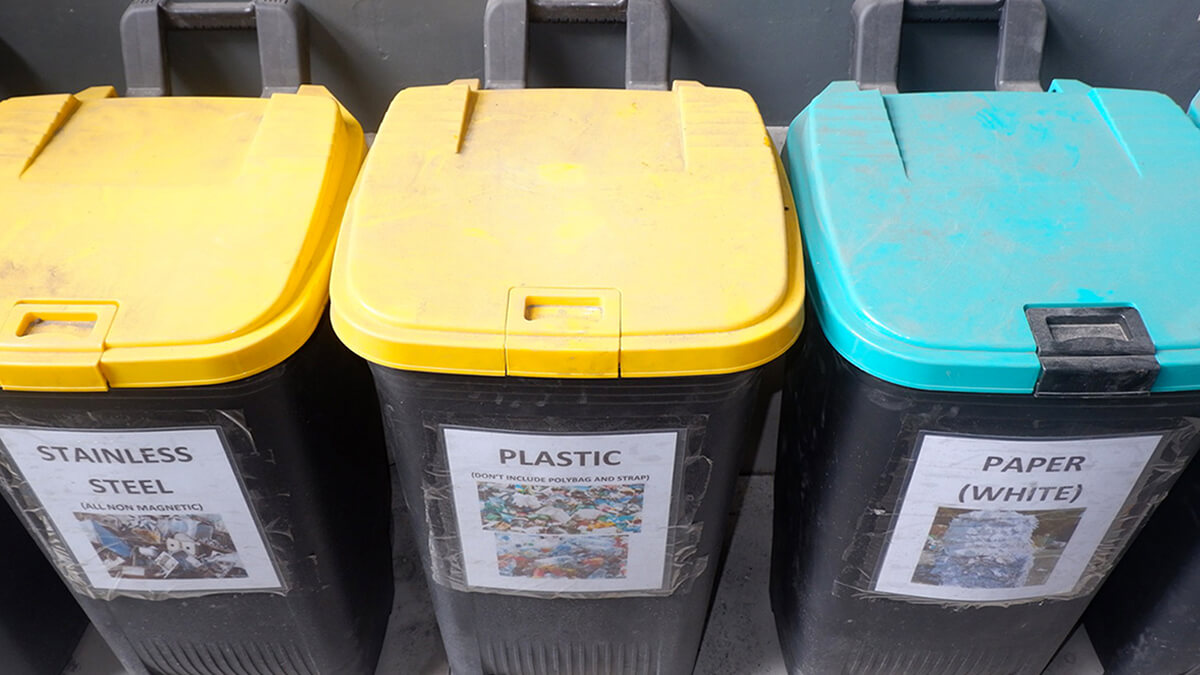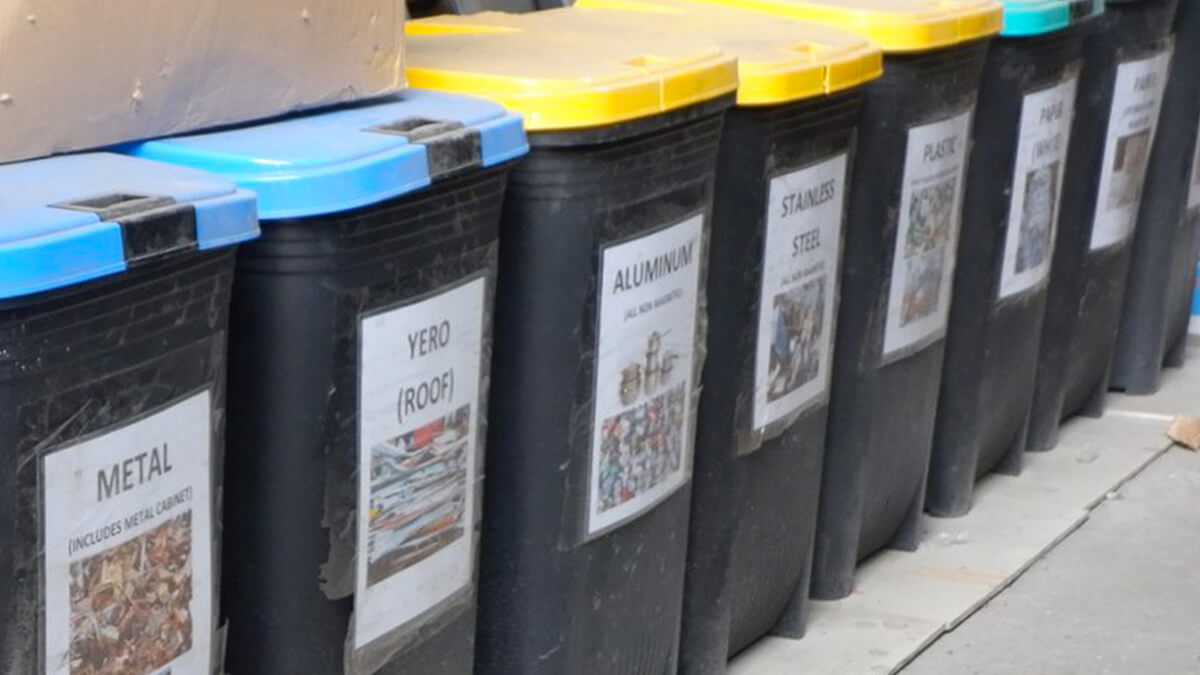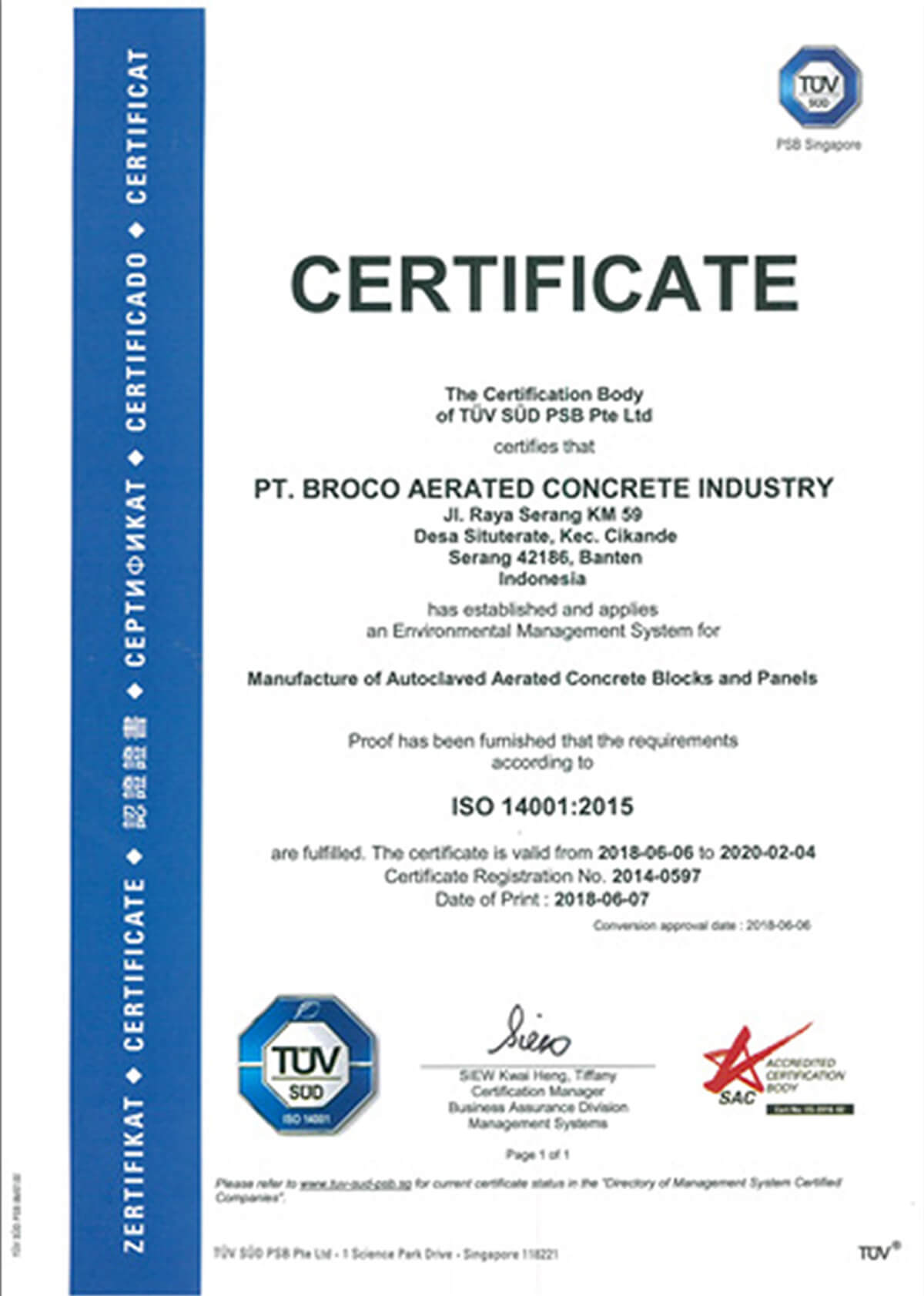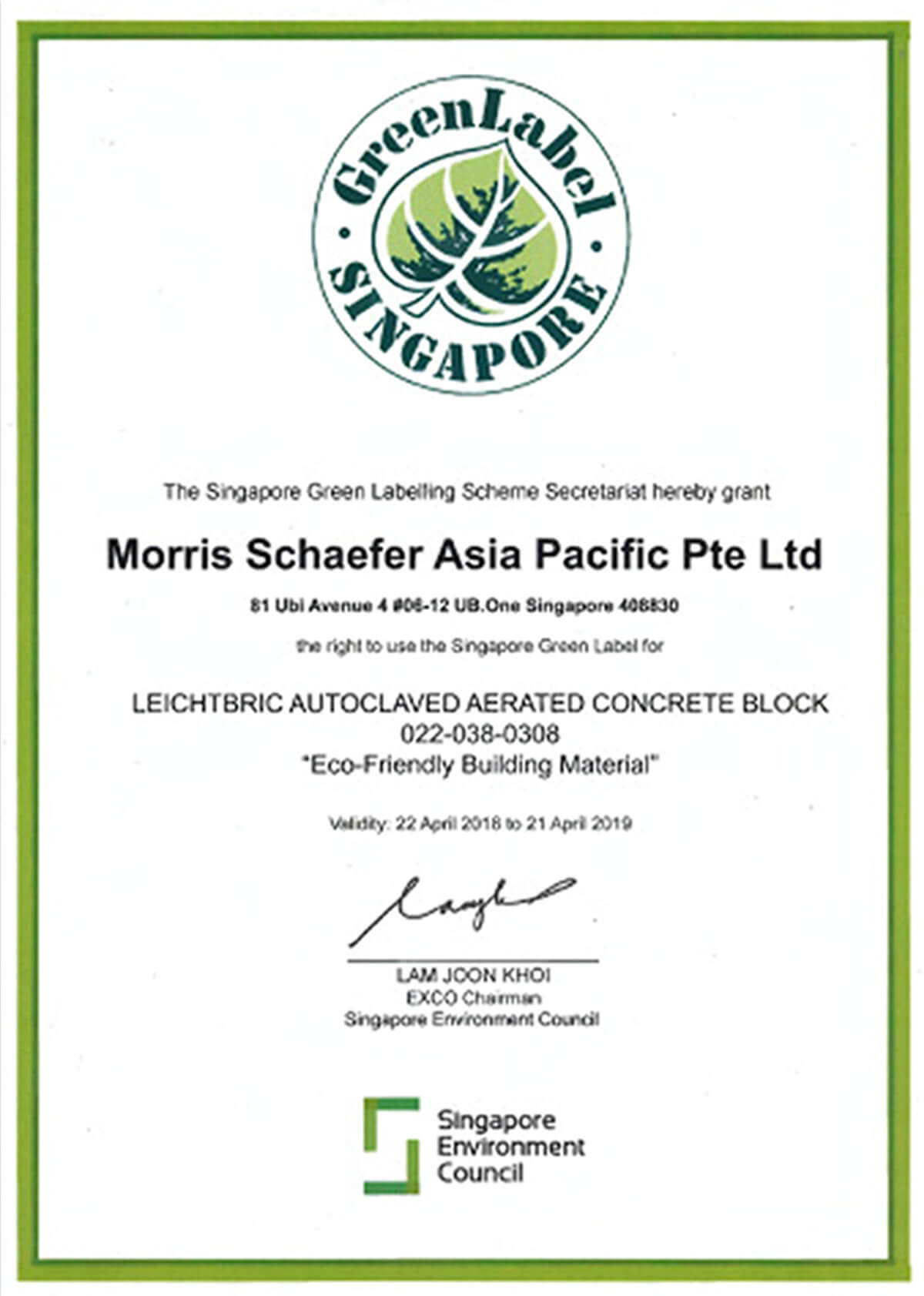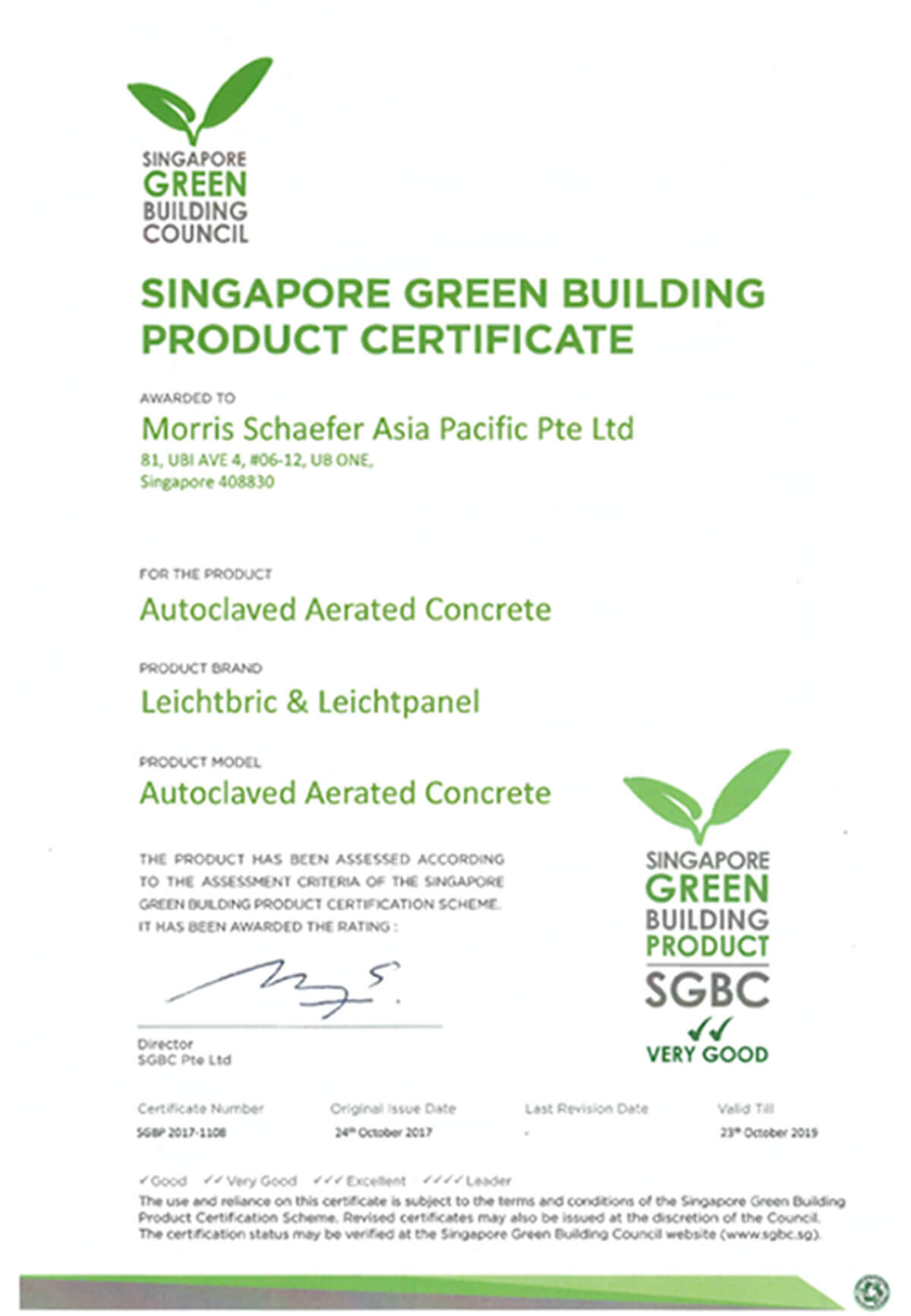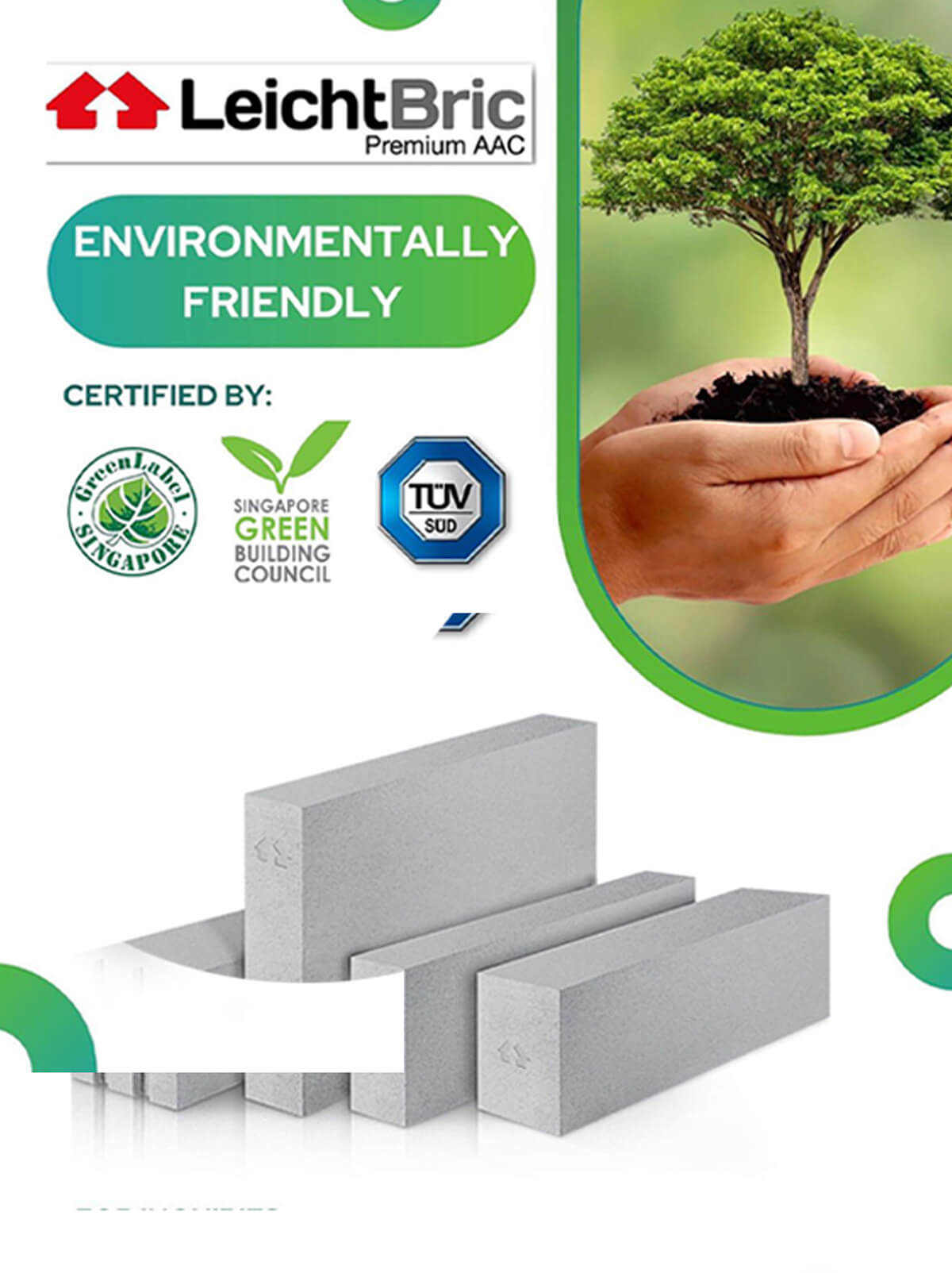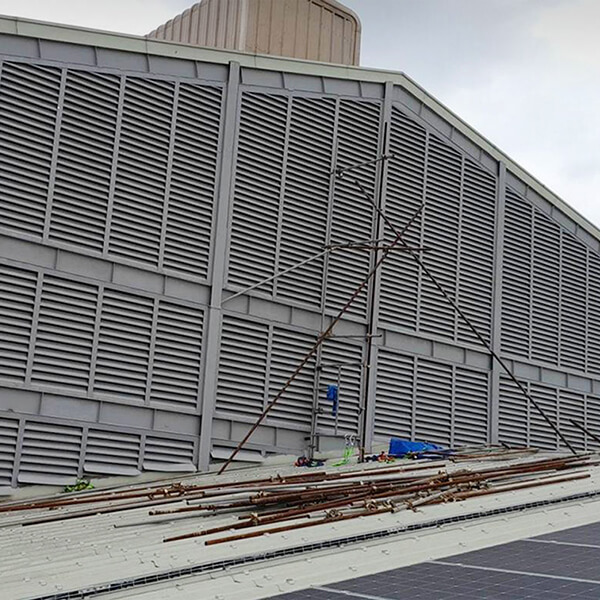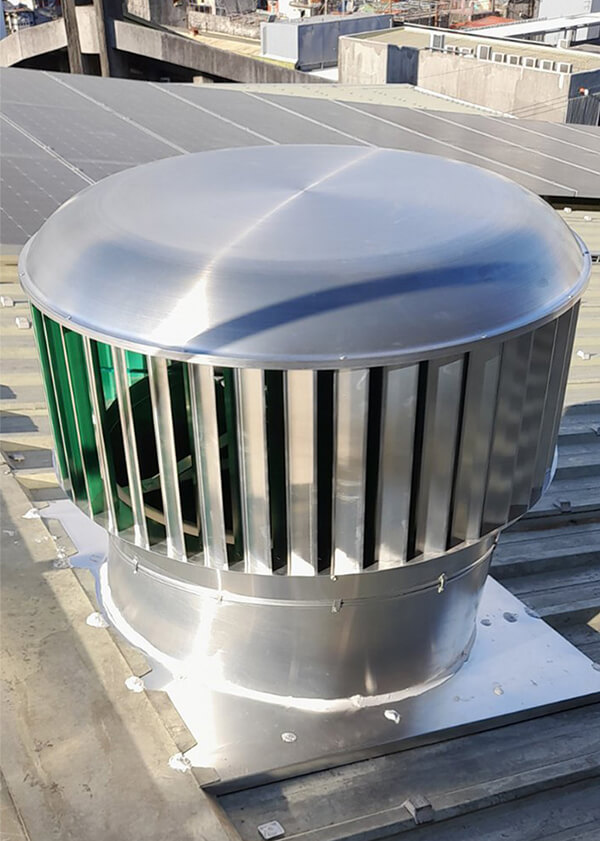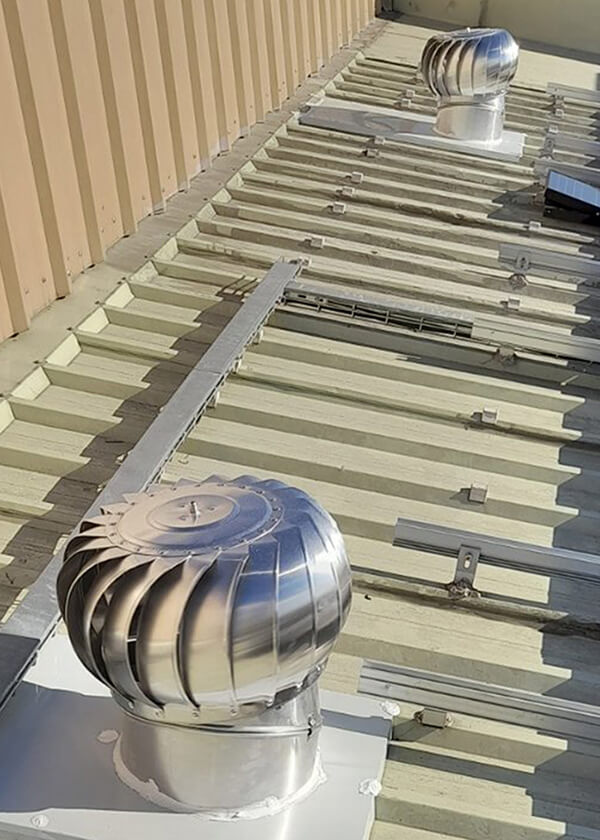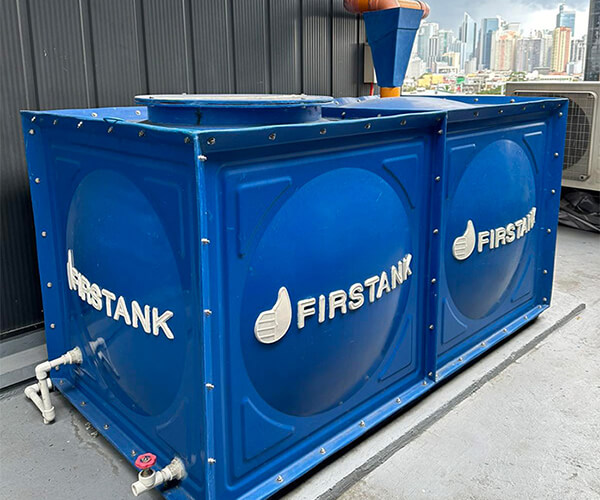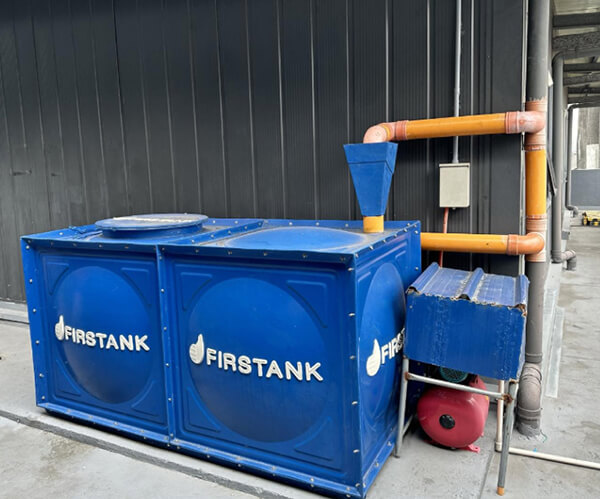Solar Powered Building
Ramesh Trading Corporation building is equipped with roof mounted solar panels to power our entire operations!
This helps the company save on electricity costs in the most Sustainable & Eco-friendly way with free power from the Sun!
Solar energy is a renewable energy source and reduces carbon emissions! We will also eventually use solar to power up our EV Trucks!
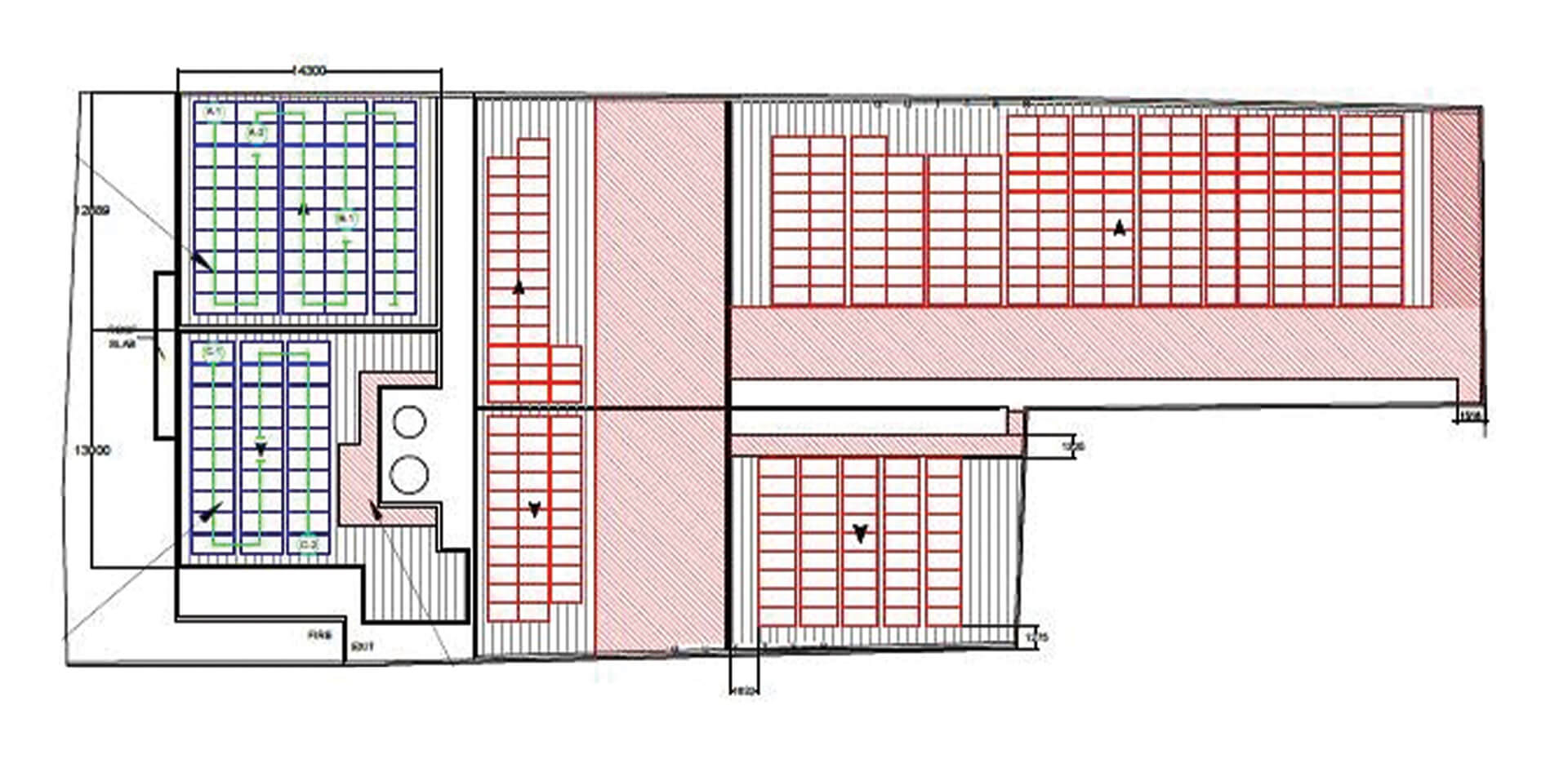
Soilmate Composting
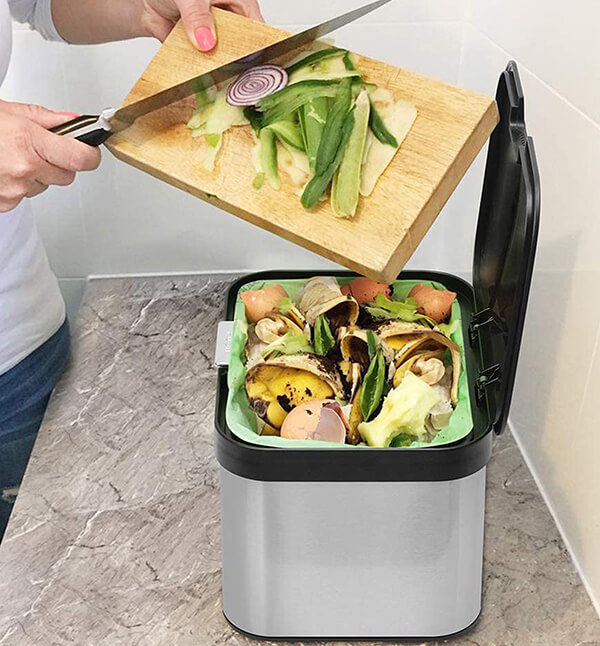
WHAT IS SOILMATE COMPOSTING?
The importance of utilizing composting has grown in the public consciousness in recent years due to rising awareness about the importance of solid waste management. Composting helps turn the food scraps and yard waste into nutrient & microbe-rich gold for garden soils.
Composting is a controlled, aerobic (oxygen-required) process that converts organic materials into a nutrient-rich soil amendment or mulch through natural decomposition. The end product is compost – a dark, crumbly, earthy-smelling material. Microorganisms feed on the materials added to the compost pile during the composting process. They use carbon and nitrogen to grow and reproduce, water to digest materials, and oxygen to breathe.
Ramesh Trading Corporation employees practice composting by separating their food scraps into the Cascade Composting Bin which the company also sells.
WHY DO COMPOSTING?
Composting is nature’s way of recycling. It is one of the most powerful actions we can take to reduce our trash, address climate change, and build healthy soil. By turning our food scraps and yard trim into compost, we can transform our waste streams into a beneficial, value-added soil amendment and use it to protect the environment and create resilient communities.
Components
What can I put in my COMPOST BIN?
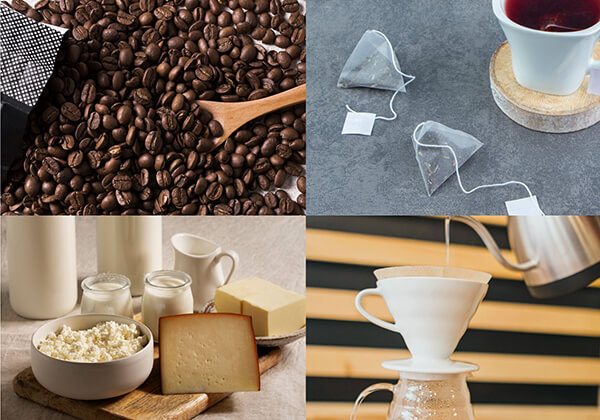
Coffee Grounds, Filters, Tea Bags, Cheese, and Dairy
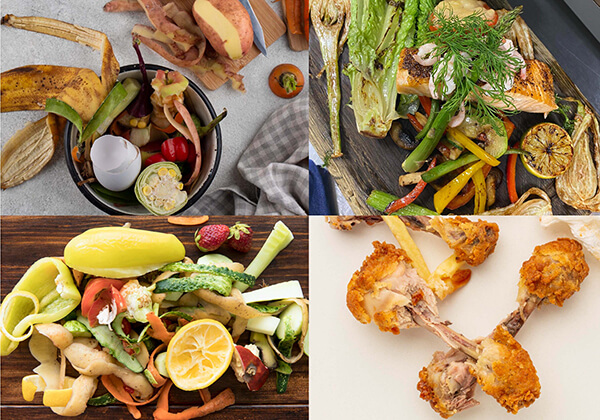
All Leftovers

Cooked and Uncooked Meat, Fish, Shells, and Bones

Pasta, Bread, Grains, and Fruitspeelings
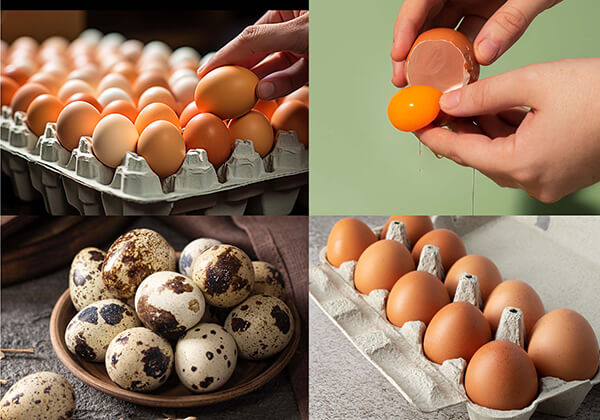
Eggs, Eggshells, and Egg Cartons
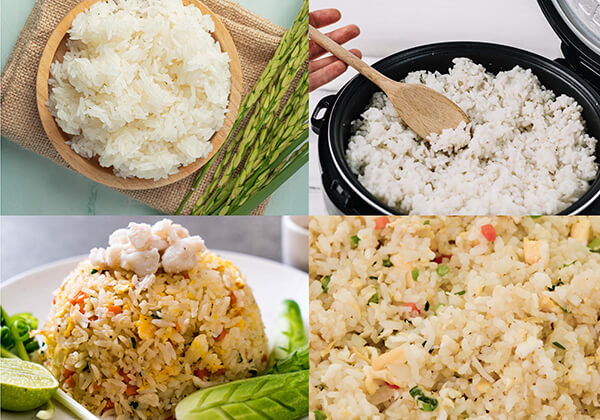
Rice
Composting Bins Around the Company Premises
Green Construction Materials
The company used AUTOCLAVED AERATED CONCRETE (AAC) in building the facility. It is made with fine aggregates, cement, and an expansion agent that causes the fresh mixture to rise like bread dough. In fact, this type of concrete contains 80 percent air. In the factory where it is made, the material is molded and cut into precisely dimensioned units.
Cured blocks or panels of autoclaved aerated concrete are joined with thin bed mortar. Components can be used for walls, floors, and roofs. The lightweight material offers excellent sound and thermal insulation
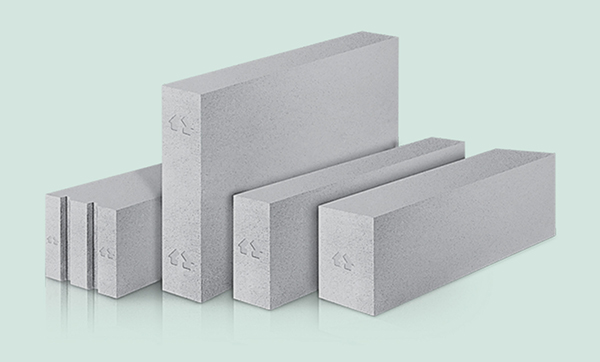
What is AAC (Aerated Autoclaved Concrete)?
Is a high-grade masonry material that is both light weight and solid, and that can be used internally and externally. It has excellent thermal properties and insulation best suited for energy savings application.
The precision-cut dimensions allow surfaces to be built with unmatched evenness, therefore greatly reducing time, labour, and finishing material used. Most importantly, AAC is a certified Green and Environmentally Friendly product, underscoring the undeniable emphasis on social responsibility and sustainability in building tomorrow’s world.
Product Characteristics
- Most Tested & Certified AAC
- Genuine Lightweight Density @ 500-700 kg/m3
- Genuine “Precision Blocks”:
– (+/- 1mm tolerance) - Fire Rating
– up to 240 minutes @ 100 mm thickness bare wall built up - Superior U value for energy-efficient buildings
– 10 times more insulating than clay and concrete - Full Green Certification
– Green Certificate (3 ticks), Green Label, ISO 14001, Emission & Leaching tests.
Product Benefits
Fire Safety
- AAC scores well for fire resistance of up to 4 hours. It is tested and certified to stringent BS 476 Part 22 standard by national accreditation centres in Singapore, Malaysia, and Australia. AAC is non-combustible, so don’t worry about it exploding!
Noise Reduction
- AAC boasts good sound insulation, being tested to world Standards ASTM E90 / ISO 717-1 its porous surface helps to reduce outside noise pollution and indoor echo effects.
Great Thermal U-Value
- AAC is made of organic material of sand, lime, cement and air. It is safe to work with.
Better Worksite Safety
- Despite its light weight, AAC withstands impact damages and acute pressure from small and hard bodies, ideally applied as infill and partition walls. It is tested to the rigorous Standards BS5234/ SS492 Strength and Robustness.
Environmentally Friendly
- AAC applies more than 35% recycled content in the manufacturing process, creating sustainable and green solutions for building applications. LeichtBric AAC is certified Green Label product by the “Singapore Environment Council”.
Lightweight Density
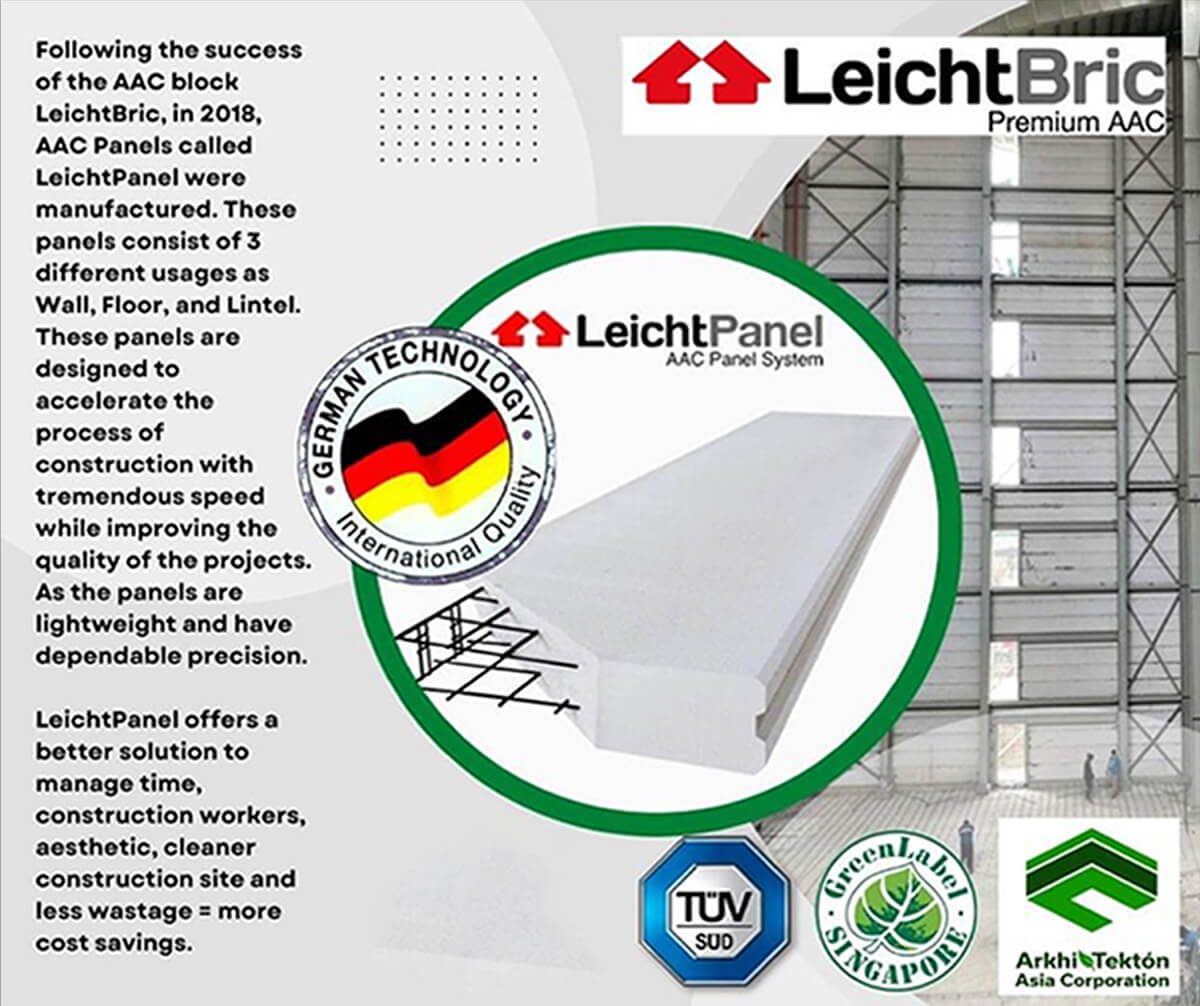
Environmental Certificates
Rain Water Harvesting
WHAT IS RAIN WATER HARVESTING?
Rainwater harvesting (RWH) is the collection and storage of rain, rather than allowing it to run off.
Rainwater is collected from a roof-like surface and redirected to a tank, cistern, deep pit (well, shaft, or borehole), aquifer, or a reservoir with percolation, so that it seeps down and restores the ground water. Its uses include watering gardens, livestock, irrigation, domestic use with proper treatment, and domestic heating. The harvested water can also be committed to longer-term storage or ground water recharge.
Rainwater harvesting is one of the simplest and oldest methods of self-supply of water having been used in South Asia and other countries for many thousands of years. Installations can be designed for different scales including households, neighborhoods and communities and can also be designed to serve institutions such as schools, hospitals and other public facilities.

